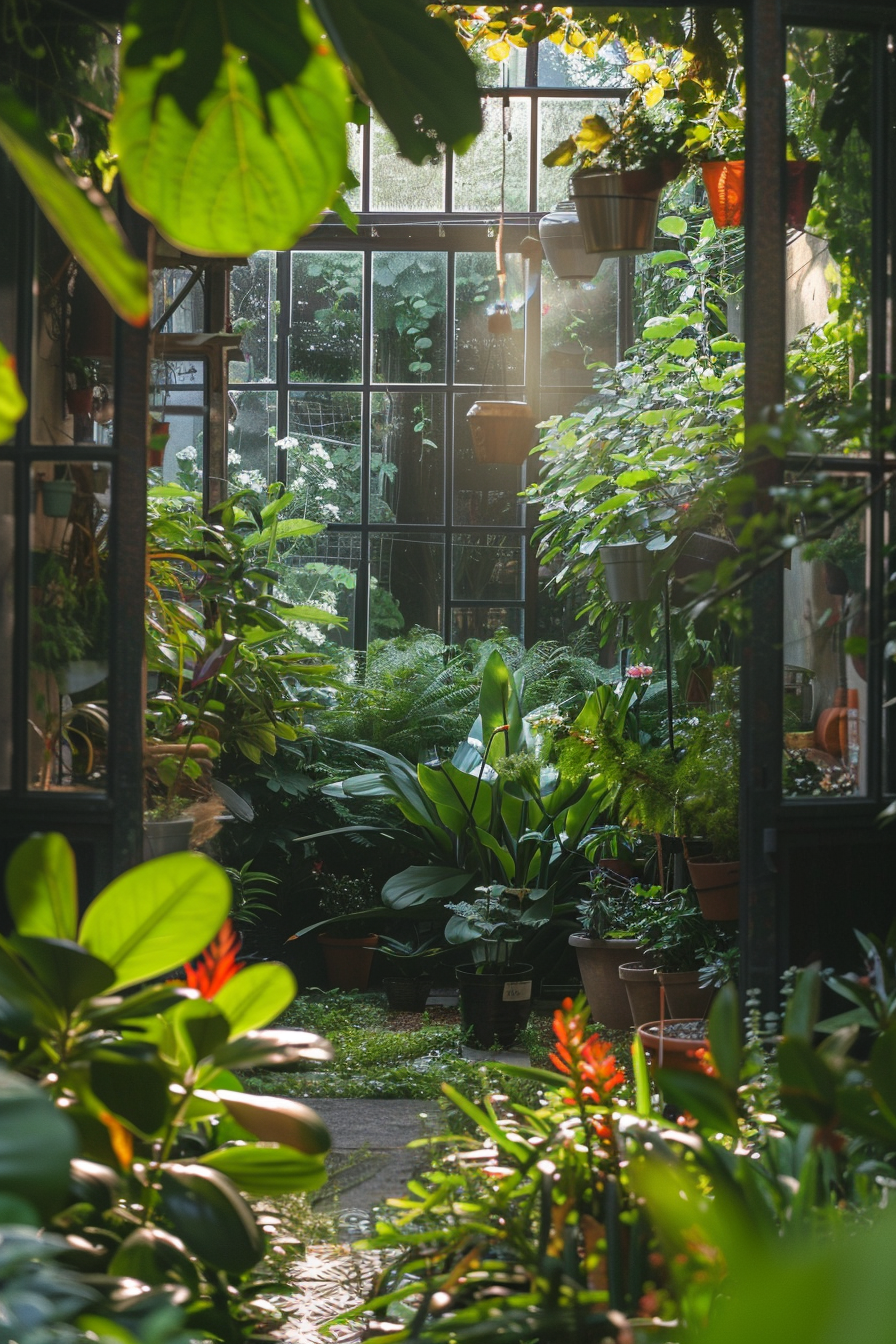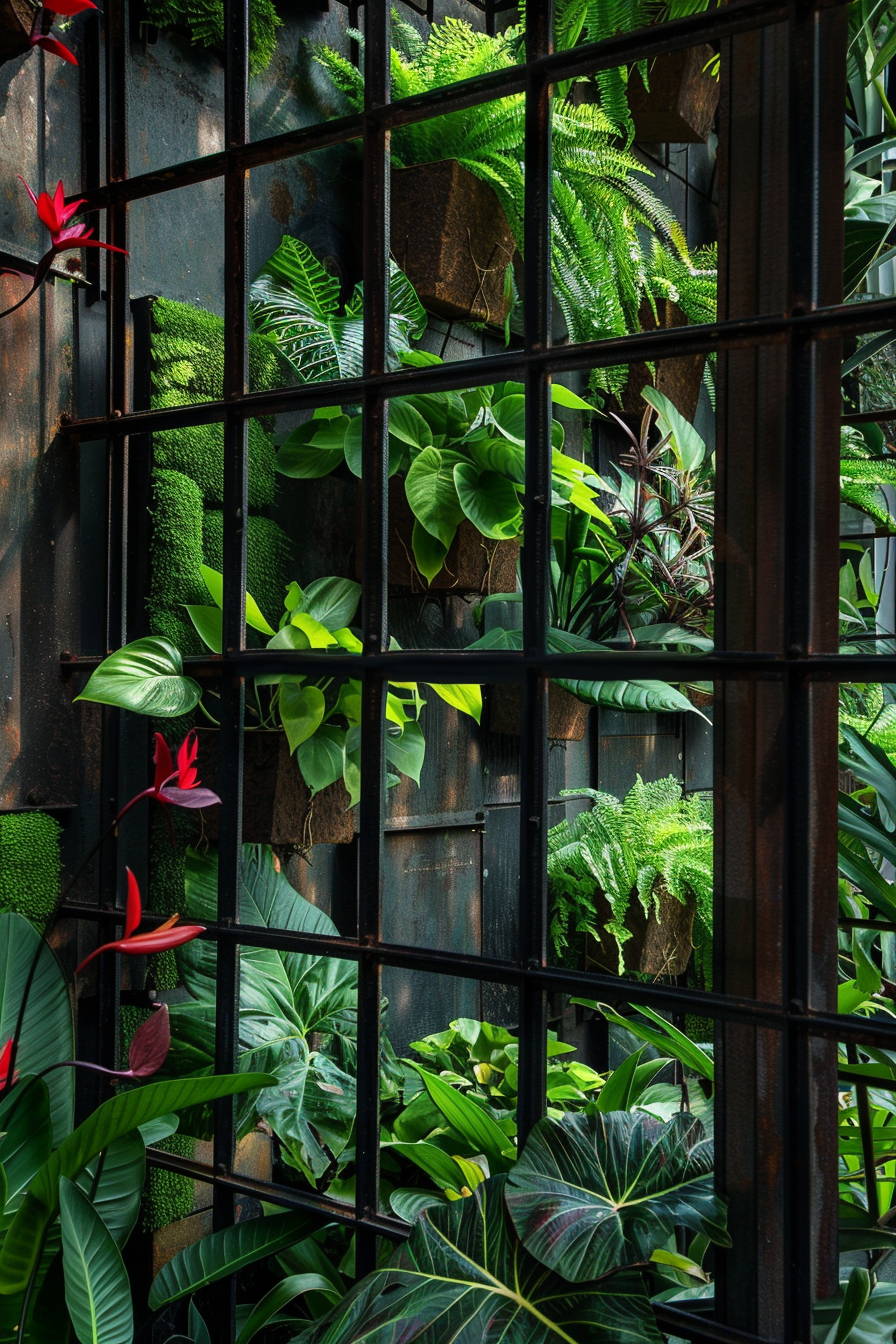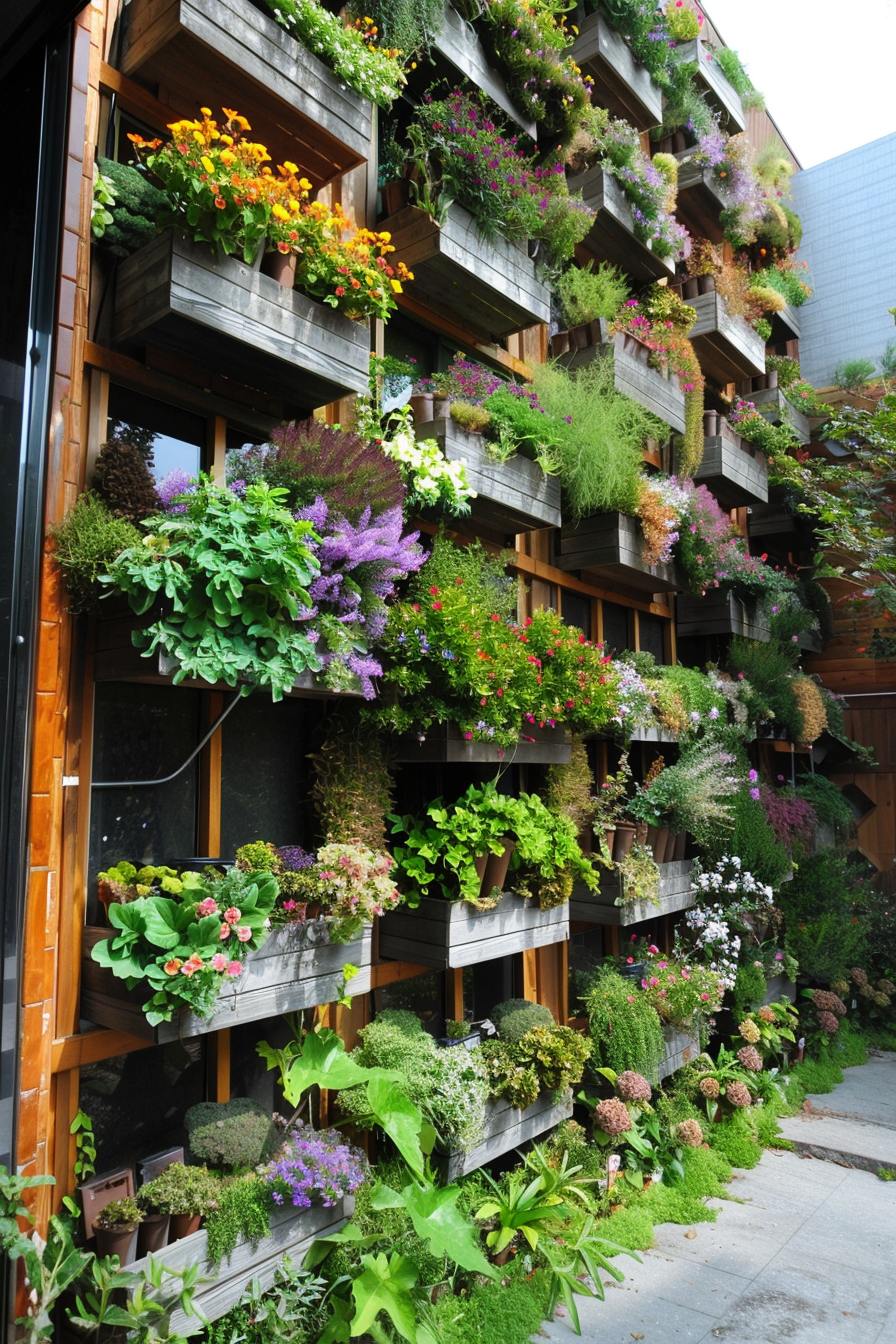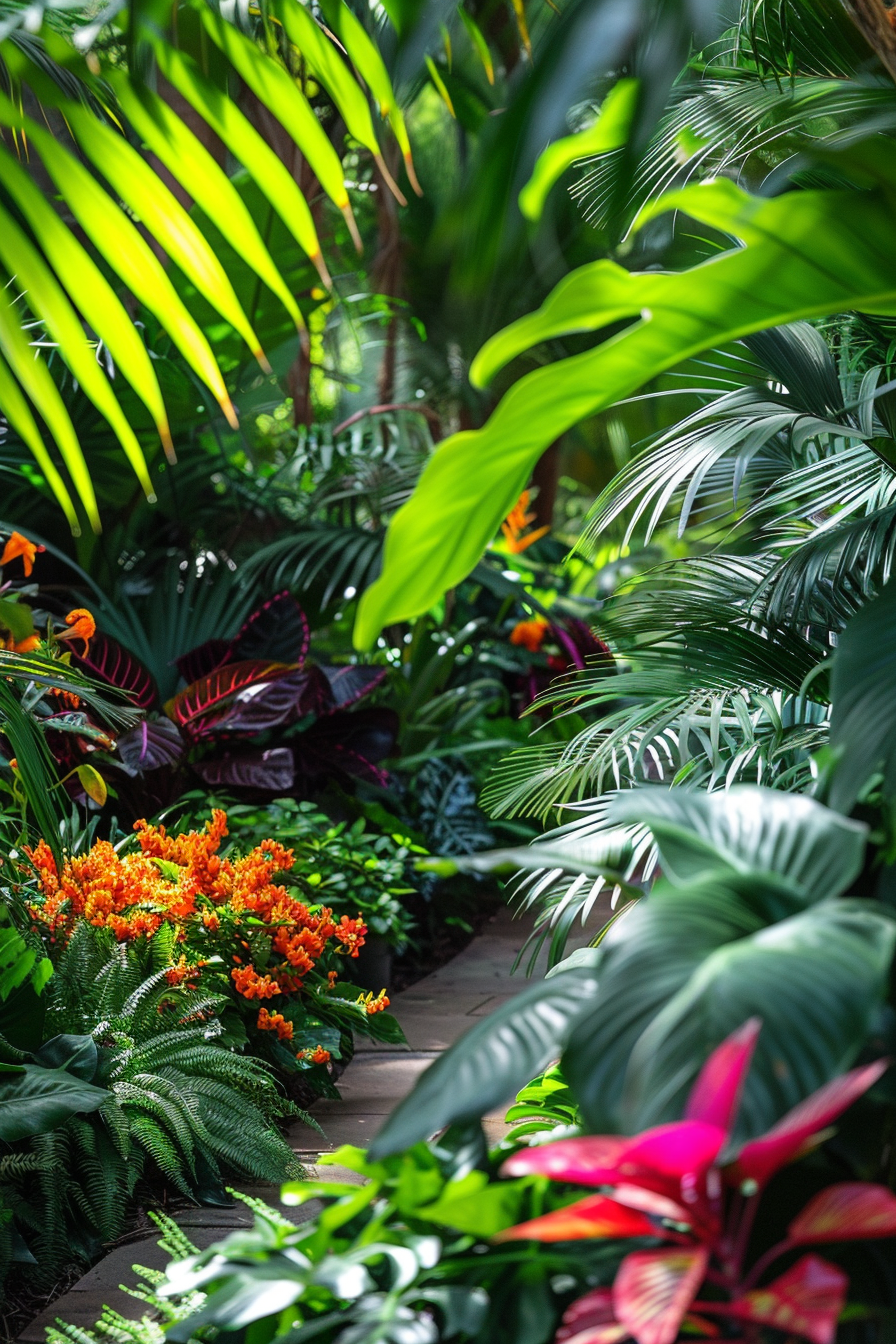Living in the city doesn’t mean you have to sacrifice the joys of gardening. With the right approach, even the smallest patio can become a thriving vegetable garden. Join us as we delve into urban gardening solutions tailored specifically for compact outdoor spaces, proving that you can cultivate abundance anywhere, even in the heart of the city.












































Follow Quiet Minimal on Pinterest for more home design tips and inspiration.


